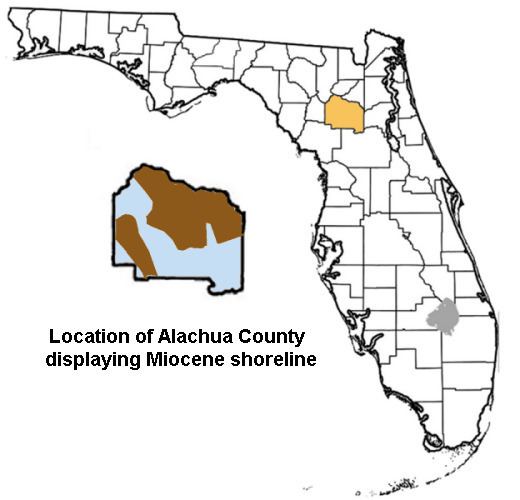 | ||
The Haile Quarry or Haile sites are an Early Miocene and Pleistocene assemblage of vertebrate fossils located in the Haile quarries, Alachua County, northern Florida. The assemblage was discovered during phosphate mining, which began in the late 1940s. Haile sites are found in the Alachua Formation. Two sites within the Ocala Limestone yielded Upper Eocene Valvatida (sea stars) and mollusks.
Contents
- Numbered Haile sites
- Fish
- AmphibiansReptiles
- Birds
- Carnivores
- Canidae
- Bears
- Feliformia
- Mustelids
- Even toed ungulates
- Odd toed ungulates
- Proboscidea
- Xenarthra
- Bats
- Rodents
- Moles and Shrews
- Unclassified mammal
- Sea mammals
- References
University of Florida and Florida Museum of Natural History paleontologists numbered the Haile fossil sites with Arabic and Roman numbers and letters in order to define locations more distinctly. UF scientists used Roman numbering and the FLMNH scientists used Arabic.
Numbered Haile sites
Late Pleistocene Haile sites: 7C, 15A, 16A, and 21A.
Fish
Amphibians/Reptiles
Birds
Carnivores
Canidae
Bears
Feliformia
Mustelids
Even-toed ungulates
Odd-toed ungulates
Proboscidea
Xenarthra
Bats
Rodents
Moles and Shrews
Unclassified mammal
Sea mammals
References
Haile Quarry site Wikipedia(Text) CC BY-SA
